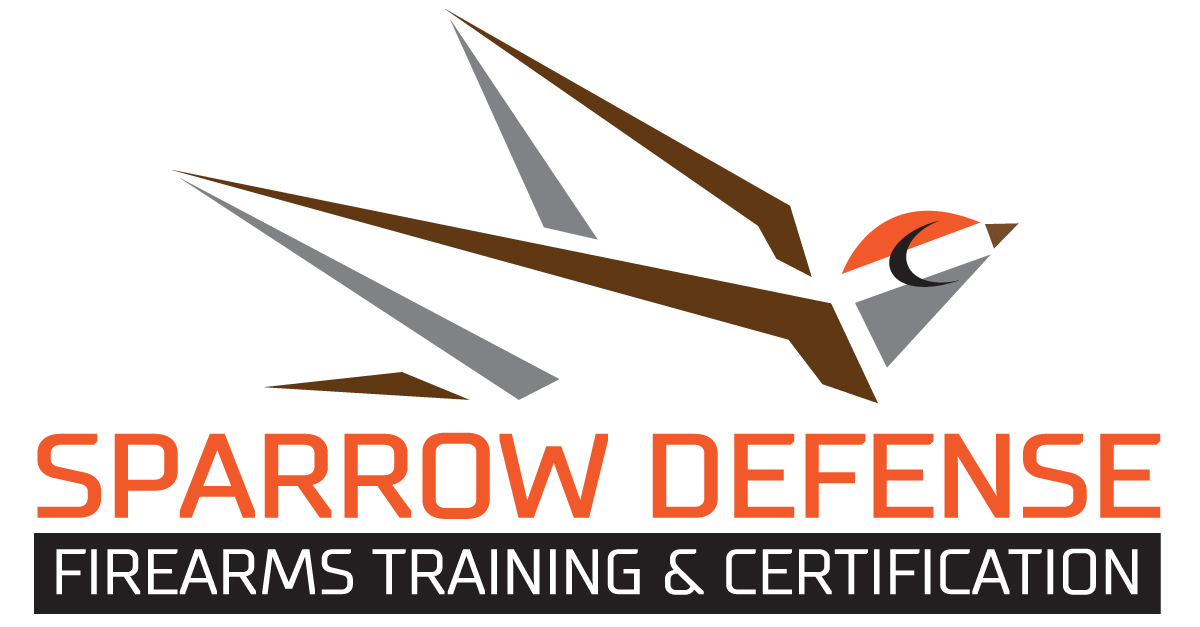"Everything matters and everything is important. It's up to you to decide the who, what, when, where, and why of this." - Super Dave Harrington
On September 2nd through 4th, nine of us signed on to train with Super Dave Harrington of Combat Speed, LLC. If you don't know who Dave is, Google him. His list of accomplishments is long and storied. He also actually has the distinction of having literally written the book on shooting, or at least the original working SOP for Range 37 - D/2/1 at the John F. Kennedy Special Warfare School at Fort Bragg, North Carolina. That seems pretty close. I'd trained with Dave before in Americus, Georgia for his Combat Speed Pistol program. Having thoroughly enjoyed myself during that course, I approached Dave about putting on a class in the Watkinsville area.
Dave is pretty easy to speak with over the phone, and is invested in making the course as professional as possible. We discussed the goals for the class, I sent range dimensions and pictures, and we arrived at his Integrated Weapon Systems course as the subject for instruction. More than any instructor I've worked with, Dave set out to tailor the class with specific training points with the range boundaries and resources in mind. Due to the fact that most people attending the class were instructors at their law enforcement agencies or had training companies on the side, the course eventually turned into an instructor development workshop. When you work with Dave, his interest in helping his students succeed is obvious. He'll take you as far as you can go in the time he has, and doesn't ever seem to be satisfied with the gig for lack of getting more information out there. He even offered to write an information brief for my agency to inform the firearms training program.





.JPG)
.JPG)
















